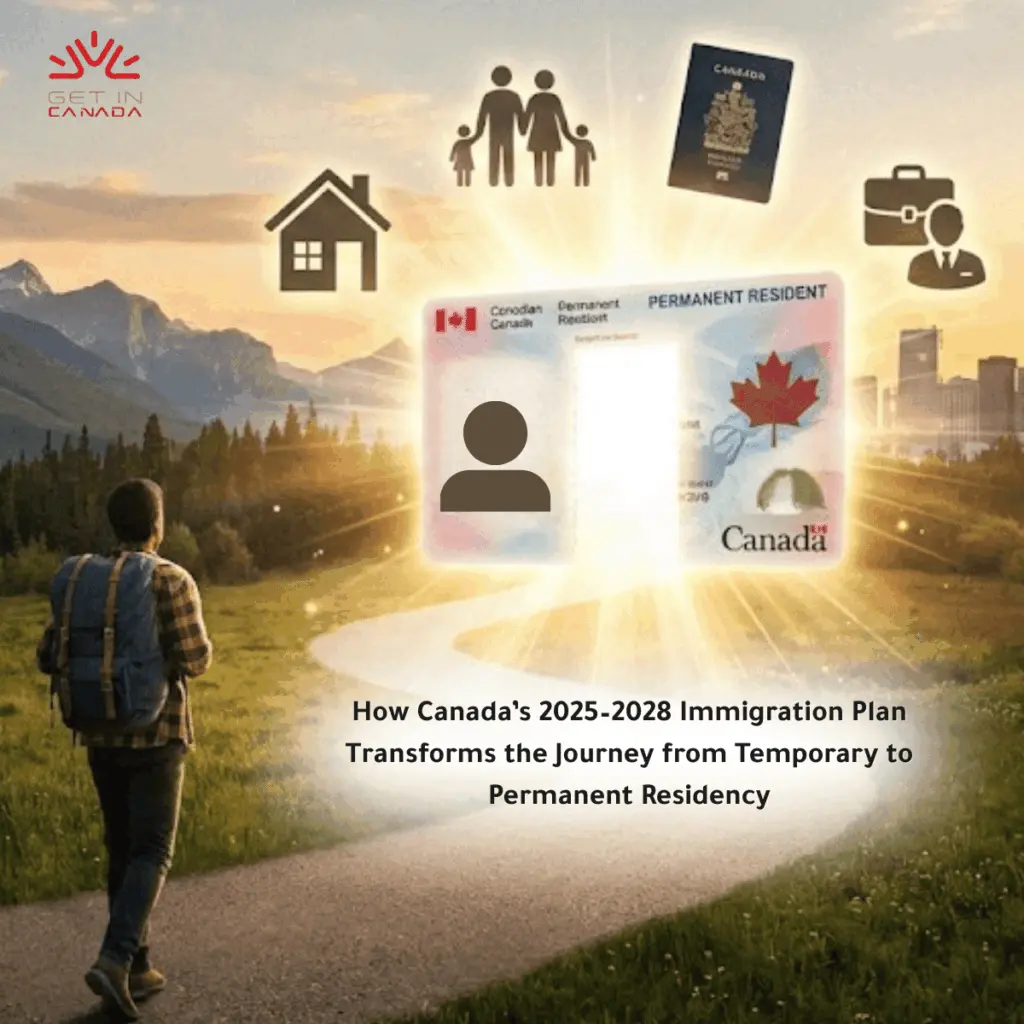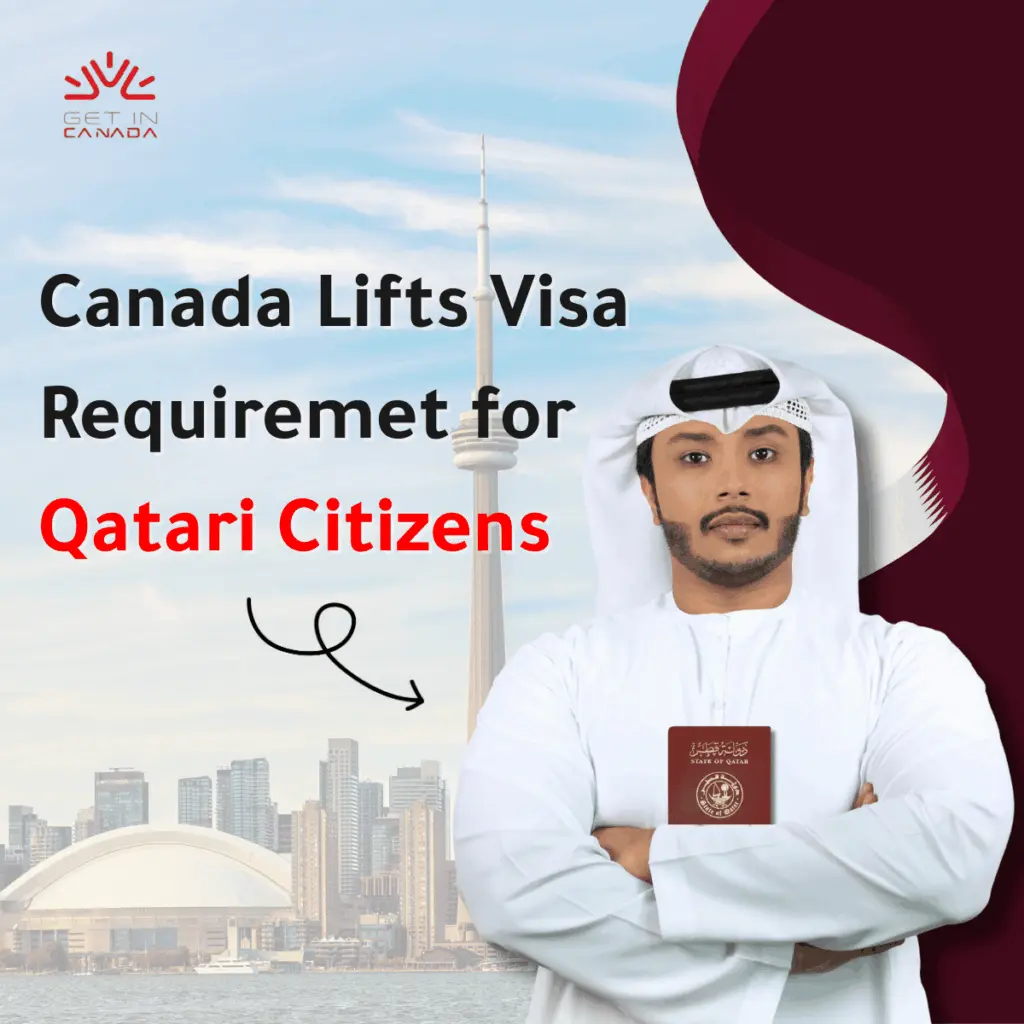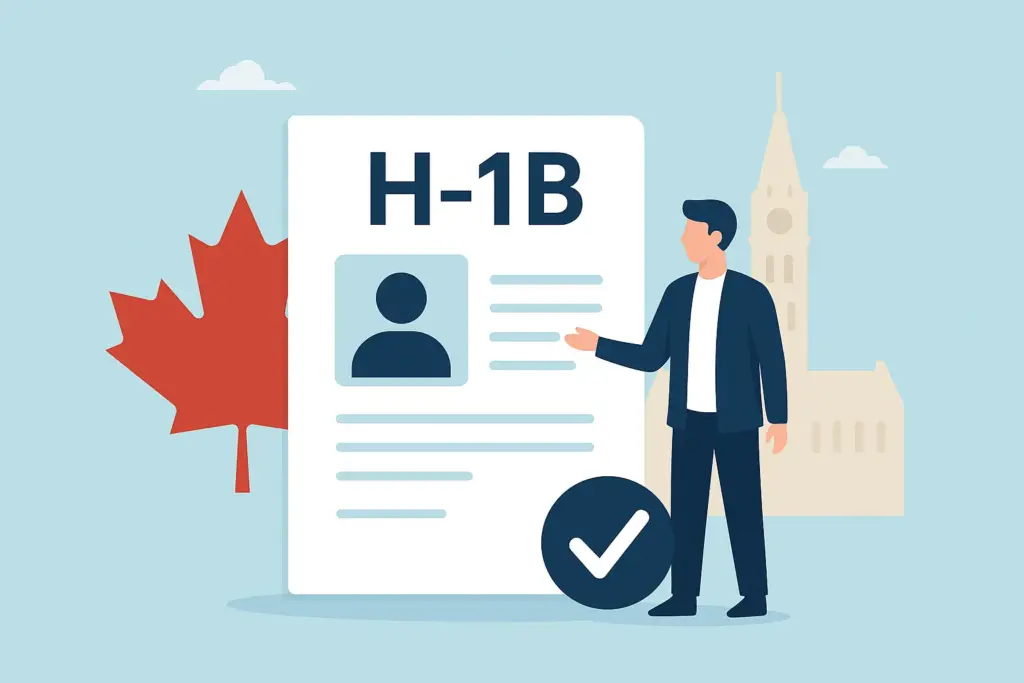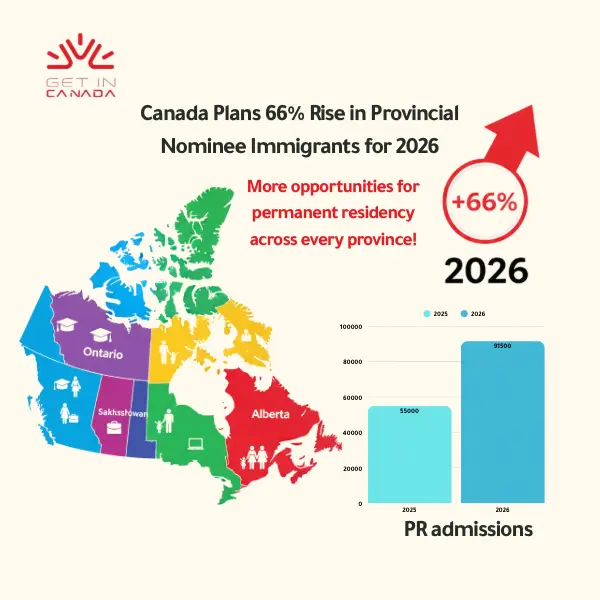How to Get a Job Offer in Canada and Start Your Immigration Process
Introduction
Canada has long been seen as one of the world’s most welcoming destinations for immigrants seeking stability, opportunity, and a high quality of life. Yet, before taking the leap, one crucial element can completely change your journey: a job offer. It’s more than just a work opportunity — it’s a ticket that connects your professional goals with Canada’s immigration pathways.
A valid job offer can help you secure a visa faster, improve your ranking in immigration systems like Express Entry, and even open doors to permanent residency. But navigating this process isn’t always easy. Many applicants face the same questions:
- How can I find a legitimate employer in Canada?
- What are the official requirements for a valid job offer?
- How can I tailor my resume to fit Canadian standards?
In this article, you will learn everything from understanding job offer requirements to crafting a Canadian-style resume, finding official job websites, and choosing the right work permit for your case.
Find out if you are eligible to get in Canada →
1. The Importance of a Job Offer in Your Immigration File
A job offer can be the golden ticket that accelerates your immigration process. It tells Canadian authorities that an employer is willing to hire you, meaning you already have a place in the local economy. This significantly increases your eligibility for programs such as Express Entry or Provincial Nominee Programs (PNPs).
Why it matters:
- Boosts your CRS score in Express Entry.
- Gives you priority in PNP draws.
- Proves your skills are needed in Canada.
- Reduces the uncertainty of finding a job after arrival.
2. The Difference Between Local and International Job Offers
Not all job offers are the same. Before applying, you must understand the key difference between local and international job offers. This distinction determines your eligibility and the steps you’ll need to follow for visa processing.
| Type of Offer | Description | LMIA Required | Ideal For |
|---|---|---|---|
| Local Offer | For candidates already in Canada with work rights | Usually No | Students, work permit holders |
| International Offer | For candidates applying from abroad | Usually Yes | Skilled workers, foreign applicants |
In short, local offers are easier to process but limited to those already in Canada. International offers are more valuable for immigration purposes, yet they require more paperwork, such as obtaining an LMIA (Labour Market Impact Assessment).
3. Conditions for Getting a Job Offer in Canada
To get a valid job offer recognized by Immigration, Refugees and Citizenship Canada (IRCC), both the employer and applicant must meet certain legal standards. Understanding these will prevent rejection and ensure your offer is officially accepted.
Main Conditions:
- The offer must be full-time and non-seasonal.
- It must be for at least one year.
- The employer must be legitimate and registered in Canada.
- The job must match your qualifications.
The Role of LMIA in Immigration
The LMIA is a government document that proves the employer couldn’t find a Canadian to fill the position. Having a positive LMIA means your offer is strong and approved by Employment and Social Development Canada (ESDC).
| LMIA Type | Purpose | Validity Period |
|---|---|---|
| Positive LMIA | Employer can hire foreign worker | 6 months |
| Negative LMIA | Employer must re-advertise locally | Not valid |
| LMIA-Exempt | No LMIA required under special programs | Varies |
4. In-Demand Jobs in Canada 2025
Knowing which jobs are in demand in Canada gives you a competitive edge. Targeting these fields increases your chances of receiving a quick job offer, especially from employers willing to sponsor foreign workers.
| Sector | Example Jobs | Average Salary (CAD) |
|---|---|---|
| Healthcare | Nurses, Caregivers, Pharmacists | 55,000 – 95,000 |
| IT & Tech | Software Developers, Data Analysts | 70,000 – 120,000 |
| Skilled Trades | Electricians, Plumbers, Carpenters | 50,000 – 85,000 |
| Transportation | Truck Drivers, Logistics Staff | 45,000 – 80,000 |
| Education | Teachers, Early Childhood Educators | 45,000 – 75,000 |
These jobs are expected to remain highly demanded throughout 2025 and beyond, especially as Canada continues to face labor shortages in critical sectors.
Find out if you are eligible to get in Canada →
5. Best Official Websites to Find Jobs in Canada
Before applying randomly, focus on trusted official platforms. These sites connect you directly with verified employers and help you avoid scams.
Top Recommended Platforms:
- Job Bank Canada (jobbank.gc.ca): The official government platform listing verified job offers.
- Indeed Canada (indeed.ca): One of the largest search engines for Canadian employers.
- LinkedIn: Excellent for building professional connections and getting referrals.
- Canada Job Expo: Great for virtual and physical job fairs.
| Website | Type | Benefit |
|---|---|---|
| Job Bank | Government | Verified and LMIA-approved offers |
| Indeed | Private | Wide range of job categories |
| Networking | Build visibility and connections |
6. How to Write a Resume in the Canadian Format
Your resume is your first impression. Canadian employers value clarity and relevance more than fancy designs. A well-structured resume increases your chances significantly.
Canadian Resume Format
A Canadian-style resume is usually one page (for entry-level) or two pages (for experienced workers). It includes:
- Contact details
- Professional summary
- Work experience
- Education and skills
Avoid including personal details like age, religion, or photo—these are unnecessary in Canada.
Tips to Avoid Rejection
To stand out:
- Use action verbs (e.g., “developed,” “led,” “managed”).
- Tailor your resume for each job.
- Keep it clear, no grammar mistakes.
7. Types of Work Permits in Canada
Canada offers several types of work permits depending on your job type and immigration plan. Understanding the differences helps you choose the right path.
A Temporary Work Permit, Open Work Permit, and Skilled Worker Programs are important pathways for individuals seeking legal authorization to work in countries like Canada, the US, and others. Each type serves distinct purposes and applies to different situations and eligibility criteria.
Temporary Work Permit
A Temporary Work Permit allows foreign nationals to work legally in a country for a specified period, generally tied to a particular job and employer.
- The permit is usually employer-specific, meaning individuals can only work for the named employer and in the specified position.
- Applications generally require a job offer, a positive labor market assessment from authorities, and evidence that the applicant will leave at the end of the permit.
- Examples include Canada’s Temporary Foreign Worker Program and the US H-1B visa for specialty occupations.
Open Work Permit
An Open Work Permit gives holders the flexibility to work for any employer (with some exceptions) without needing a confirmed job offer at the time of application.
- This permit is not job-specific and does not require a labor market impact assessment.
- Common recipients include spouses of skilled workers or students, international graduates, and participants in certain government programs.
- In Canada, the International Experience Canada and Post-Graduation Work Permit programs often grant open permits.
Skilled Worker Programs
Skilled Worker Programs are designed to attract foreign workers who possess specialized skills, education, and experience that meet the host country’s labor market needs.
- These programs are often pathways to permanent residency.
- Eligibility typically includes educational background, work experience, language proficiency, and sometimes job offers from local employers.
- Canada has the Express Entry system (Federal Skilled Worker, Federal Skilled Trades, Canadian Experience Class), while the US uses similar professional immigration streams.
| Type | Employer-specific | Job Offer Needed | Duration | Pathway to PR |
|---|---|---|---|---|
| Temporary Work Permit | Yes | Yes | Limited | Sometimes |
| Open Work Permit | No | No | Limited | Sometimes |
| Skilled Worker Programs | Varies | Sometimes | Varies | Yes |
Each route has unique requirements and advantages, and choosing the right pathway depends on individual circumstances and goals.
Find out if you are eligible to get in Canada →
8. Essential Tips for New Immigrants Seeking Jobs
Moving to Canada is only the beginning, integrating into the job market requires adaptability, persistence, and networking.
Tips to Succeed:
- Improve your English or French skills.
- Volunteer to gain Canadian experience.
- Attend local workshops and career events.
- Network through LinkedIn and community centers.
Conclusion
Landing a job offer in Canada isn’t just about luck—it’s about preparation, persistence, and strategy. Whether you’re a skilled worker or a newcomer starting from scratch, understanding the Canadian job market gives you a real advantage. Every step you take—from writing your resume to choosing the right visa—brings you closer to your Canadian dream. Keep learning, keep applying, and don’t underestimate the power of networking.











